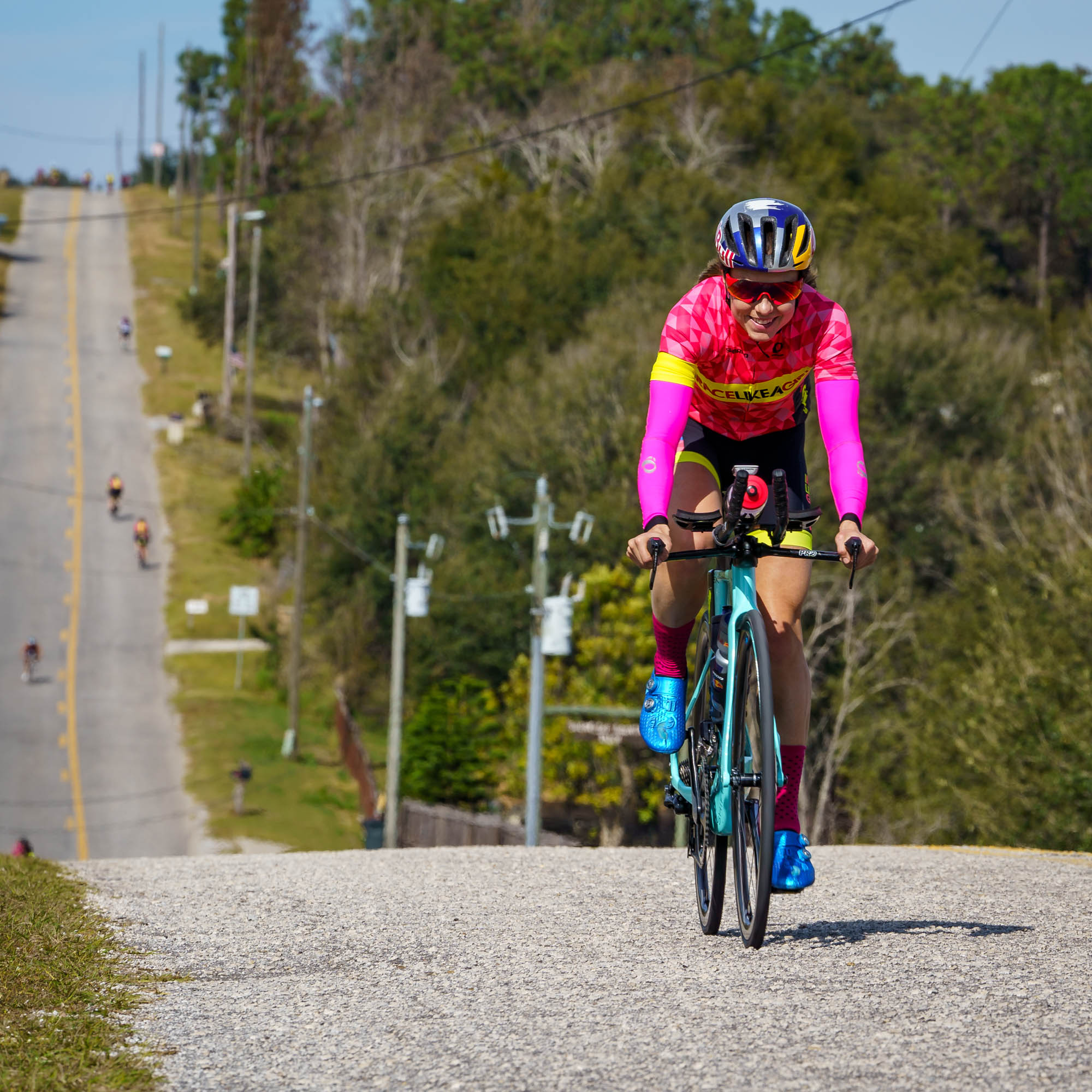This is often a question I get as an athlete and coach. When training, what parameters do I use? Which are best?

In triathlon, we have the ability to look at power on the bike and pace in the pool and run. More and more information is available to us now more than ever through our watches, GPS units, etc. The instant feedback provides you with accurate data for each workout on your pace, power and energy outputs. So what is best to use? What is needed?
The answer is simple: try it and see what works. There are many philosophies on how to train. Personally, I’m a huge advocate of creating a sound base of training using heart-rate as your guide year round. Once a solid aerobic base is established, moving toward pace/power, and going by–feel help maximize your performance come race day.
Power provides instant feedback on the work you’re doing on a bike. It’s similar to using pace on the run and in the swim. What it doesn’t tell you is how much effort it take for you to give out that specific output or pace. For example, let’s say you have 2 x 20minutes at 200 watts for a workout. What does this really do to your system? Was it a moderate effort or did it leave you with nothing left in the tank? How does this reflect over time in a training progression and how do you know if you’re improving with just knowing pace/power – by perceived effort? How can that be accurate on a daily basis? There are so many factors that come in to play – heat, humidity, wind, how much caffeine you’ve taken, nutrition, sleep patterns – ANY stress that you encounter will affect your workout. Simply looking at a number or pace doesn’t take this into account and could leave injured before you know it.
The most accurate way to know if you’re improving is by heart rate and seeing the difference in pace/power output at that specific heart rate. Heart rate takes into account all factors – it’s your body at work! Perceived effort only takes into account how you feel. And we all know from experience that a subjective look at ourselves is the most difficult to understand on a daily basis. Using heart rate allows you to fine-tune your effort level. When your pace or power is improving at a set heart rate it’s simple, you’re getting fitter! And if you train right and follow heart rate parameters to achieve a specific fitness (ie. aerobic base) you’ll see that improvement that much faster. Basically, you’re allowing your physiology to catch up to your pace/power output for a period of output. Or put another way, a lower heart rate at higher pace/power equals a more efficient and faster athlete.
So what does this mean? Patience and consistency is your friend. Use power/pace to gauge your progress, not your workout.
Once you do find that you’ve plateaued and/or built a solid base of aerobic fitness (solid output/pace at a specific aerobic heart-rate and you have been finding it difficult to see continued improvement), this is when I recommend using power/pace in your workouts at a higher pace/output in short intervals. From there, use your heart-rate data and aerobic efforts as a gauge to measure your fitness. If at a given heart-rate, with the increased speed workouts/intervals you’re not finding improvements, you may need to go back to more aerobic output, provide yourself with some rest and/or evaluate other stressors in your life.
In short, heart-rate trumps power. 🙂







Comments